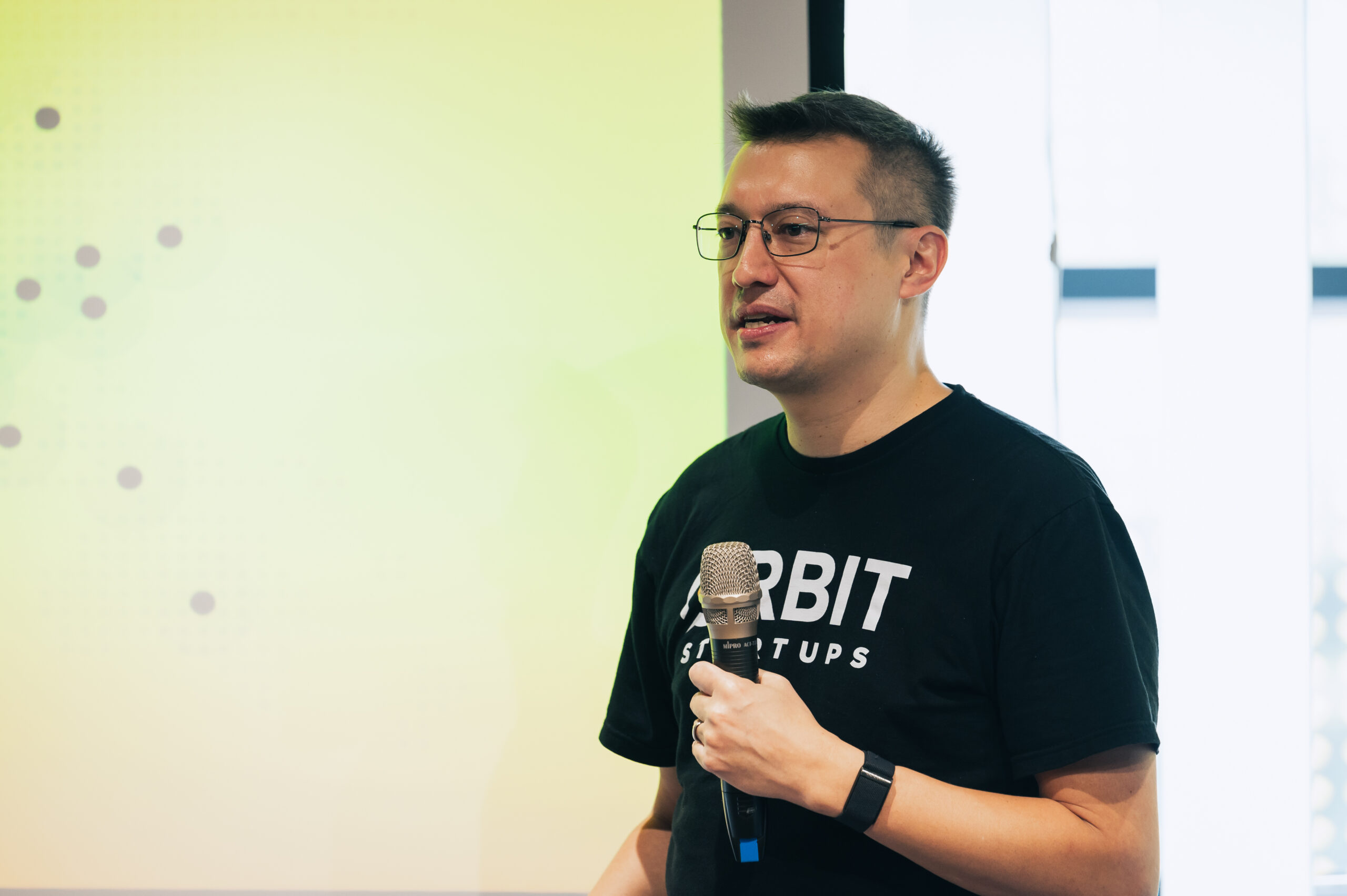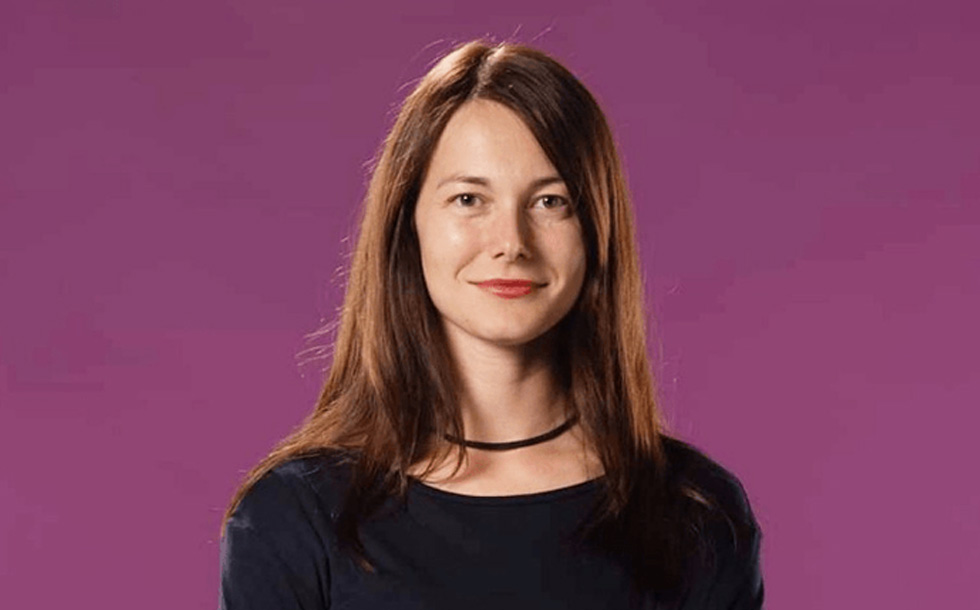Most product teams ship features into the void and pray for magic. Gary Yau Chan, co-founder of Clarity Inbox and former Product Lead for PLG at TrustCloud, did the opposite. He got on 15 calls a day, observed user behavior in real time, and turned that learning loop into a high-value customer engine.
At Orbit Growth Summit, Gary broke down how a “superhuman onboarding” process drove over 1,000 customers and 70 upsells within 18 months. That’s a 7% free-to-paid conversion rate in a space where most freemium models settle at 2–4%.
Note: All metrics are approximate and based on recollections from Gary’s time at TrustCloud. They are intended for illustrative purposes only.
Ditch the Demo. Share Control. Watch the Struggle.
B2B sales usually start with a demo. Gary scrapped it. His approach: hand users the product link, watch them share their screen, and guide them through it while observing how they actually use the product.
Each call opened with five minutes of context—mission, market, and the logic behind their freemium model. Followed by brief success stories. But the core was 15 minutes of shared-screen setup. That’s where customers exposed everything: friction points, confusing UX, unclear value props.
“Gary, I don’t know what this tooltip means.” That one line—repeated often—became a catalyst for dozens of product fixes.
Traditional B2B sales follow a predictable script: demo the product, negotiate, then hope the customer figures out activation post-purchase. Gary flipped this entirely.
“Instead of me showing you a demo, here’s the link to the product. Share your screen. I’ll watch you sign up and onboard while I guide you through it.”
Onboarding Is a Data Engine, Not a Formality
The magic wasn’t in the calls themselves. It was in the structure. Every onboarding became a field study. While users signed up or waited for screens to load, Gary fired off discovery questions: “What did you use before? What’s your pain point? What were you expecting? What’s your budget?”
Insights gathered were immediately fed back to product and engineering teams. Calls were recorded, then shared across Slack. Gary often invited engineers and designers to sit in live—no guidance given, just observation.
“When designers hear customers say, ‘What do I do here?’, tickets get fixed in two days,” Gary shared. The clarity from watching users struggle replaced weeks of internal debate.
Onboarding Sells the Product
As Gary put it, the goal wasn’t just activation—it was qualification. Each call revealed whether users truly needed the product. And if they did, pricing became part of the onboarding, not a follow-up.
“What did our competitors quote you? What are you paying today?” Customers, already disarmed by a helpful onboarding session, answered candidly. That created pricing transparency few sales teams can achieve.
Live Pricing Lab > Static Spreadsheets
Rather than build hypothetical pricing models, Gary ran pricing experiments during onboarding.
If one customer accepted $5K, the next was offered $6K. Still no resistance? Try $7K. Eventually, pushback revealed the threshold. That iterative process surfaced their true price elasticity in weeks—not months of A/B testing.
One insight changed their entire strategy: users didn’t want bundles. They wanted modularity.
“I just want this one feature—how much is it?” Gary quoted $1K—and the deal closed. Repeat that process a dozen times, and patterns emerge: the core features people will actually pay for, and the fluff they won’t.
Packaging: Why Tiered Plans Broke the Sales Cycle
They started with the standard good-better-best model. It failed. Calls turned into long explanations of which features were in each tier.
“You end up educating people on your product catalog instead of your value proposition,” Gary said.
The solution: scrap bundles. Move to à la carte pricing. Each onboarding call now tested a modular quote and learned what customers truly valued. Revenue accelerated, and onboarding time dropped.
Finding the Goldilocks Zone
Zun Tun, Product Lead at Karzo (Orbit 2024), asked how they determined the final pricing sweet spot.
Gary’s method: start with the one feature customers wanted most. Begin at $1K and keep moving up until they hesitate. That became the upper bound.
“You’re not just pricing the feature—they’re paying for the trust and clarity you built during onboarding,” Gary said.
Scaling the Process Without Losing the Insight
The most common pushback from the Orbit founders: this complicated onboarding doesn’t scale. Gary disagreed.
First, the insights scale even if the founder doesn’t. Gary trained onboarding specialists—not salespeople—who replicated the framework. For larger clients, onboarding happened during the sales cycle itself. Not a passive demo, but a proof-of-concept walkthrough.
Alex Wicks, CEO & Founder of Karzo (Orbit 2024), asked how this worked in logistics with multiple stakeholders.
“You don’t need every stakeholder to do onboarding,” Gary said. “You just need each one to understand how their part connects. Let teams delegate, but make sure someone walks through the setup.”
Beyond Calls: Building an Org That Listens
How did Gary know when onboarding was finally working?
“When customers stop asking, ‘What do I do next?’ That’s your signal,” he explained.
Onboarding wasn’t just about reducing friction. It aligned the entire company around user experience. Marketing saw what resonated. The product team knew what broke. Engineering fixed what mattered. Sales learned what customers would actually pay for.
Final Takeaway: Founders Must Lead the Loop
This wasn’t about scaling onboarding practices. It was about building a company that learns faster than the market is changing.
Gary’s final point: “Product people need to become salespeople and onboarding specialists. You can’t just launch and hide behind dashboards. You have to be on the call, watching, listening, adjusting.”
That’s how 1,000+ free users turned into Six-Figure in ARR
Recommended Books
The Mom Test by Rob Fitzpatrick — how to ask real questions that lead to useful answers
Founder-Led Marketing by Dave Gerhardt — founder as marketing engine
PricingSaaS.com — track real-time SaaS pricing benchmarks
Growth Design — onboarding UX tear-downs of major products
—
Orbit Growth Summit is where Orbit founders learn growth tactics from top experts in product-led growth, performance marketing, and scalable systems.




